The Portrait of Pope Innocent X is an oil painting on canvas, measuring 1.41 by 1.19 meters, painted by Diego Velázquez around 1650. In the early years of his career, Velázquez mostly painted everyday life. [For graphics: show images of An Old Woman Frying Eggs; The Water Seller of Seville] However, in 1623 he became the court painter to King Philip IV, and began to portray noblemen and women. In 1649 Velázquez traveled to Italy, a country he’d already visited several times. He stayed in Venice and Rome, where he painted Venus at her Mirror and the portraits of Juan de Pareja. It was during this stay in Rome that the Spanish artist also painted a portrait of Giovanni Battista Pamphili, Pope Innocent X. [1644- 1655] Innocent X is one of the finest examples of baroque portrait art, inspired by the masterpieces of the Venetian Renaissance, and in particular by Titian’s Portrait of Pope Paul III and His Grandsons. Velázquez used dense brushstrokes loaded with color to convey textures. The dominant color is red. With the exception of a white gown, everything is red: the Pope’s headpiece, the velvet upholstered chair, the background and the stole. Lighter brushstrokes accurately depict the shiny fabric of the stole.
However, Velázquez’s greatest accomplishment was conveying the Pope’s gravity without seeming overwhelmed by his commanding subject. He broke with the tradition of painting popes enveloped in an aura of spiritual rigidity. The Pope’s imposing figure is rendered with great technique and photographic immediacy. The Pope, frowning and attentive, is in three-quarter pose. His face is stern; his alert, intelligent eyes are on the viewer. Innocent X’s contemporaries described him as a gruff, autocratic, and vindictive man. However, against all expectations, he is said to have liked the realism of the portrait. Upon seeing it, he supposedly remarked, “Too true!” Around 1950 the painter Francis Bacon, who considered Innocent X to be a technically perfect work of art, painted a number of deformed versions of the portrait as symbols of the angst and dismay of contemporary humanity.
Today The Portrait of Innocent X is on display in Rome, at the Doria Pamphili Gallery.
However, Velázquez’s greatest accomplishment was conveying the Pope’s gravity without seeming overwhelmed by his commanding subject. He broke with the tradition of painting popes enveloped in an aura of spiritual rigidity. The Pope’s imposing figure is rendered with great technique and photographic immediacy. The Pope, frowning and attentive, is in three-quarter pose. His face is stern; his alert, intelligent eyes are on the viewer. Innocent X’s contemporaries described him as a gruff, autocratic, and vindictive man. However, against all expectations, he is said to have liked the realism of the portrait. Upon seeing it, he supposedly remarked, “Too true!” Around 1950 the painter Francis Bacon, who considered Innocent X to be a technically perfect work of art, painted a number of deformed versions of the portrait as symbols of the angst and dismay of contemporary humanity.
Today The Portrait of Innocent X is on display in Rome, at the Doria Pamphili Gallery.
RELATED
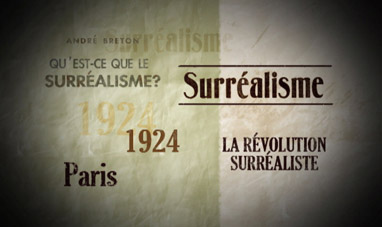

SURREALISM
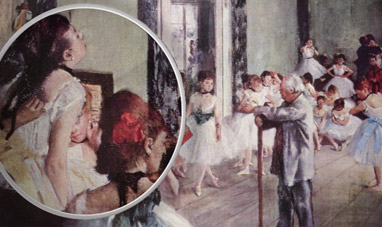

THE DANCE CLASS
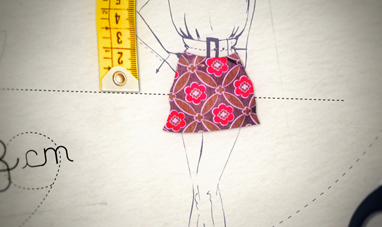

MINISKIRT


THE COUNT-DUKE OF OLIVARES
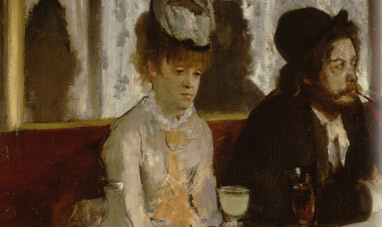

L'ABSINTHE
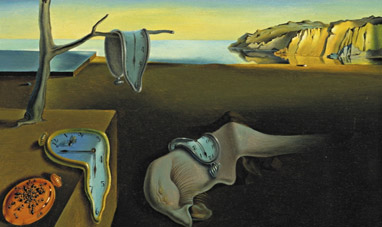

THE PERSISTENCE OF MEMORY
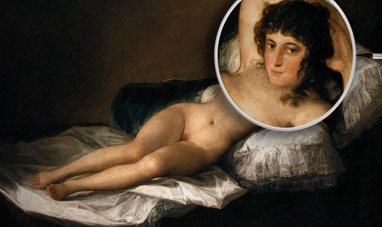

THE NUDE MAJA


STARRY NIGHT
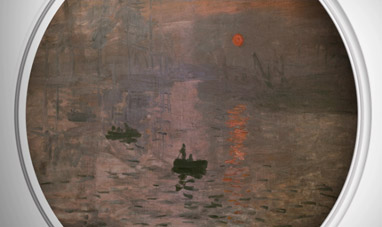

IMPRESSION, SUNRISE
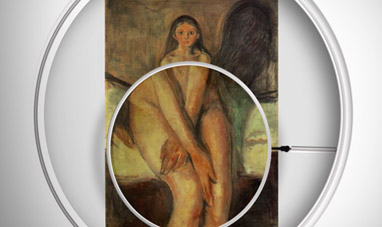

PUBERTY
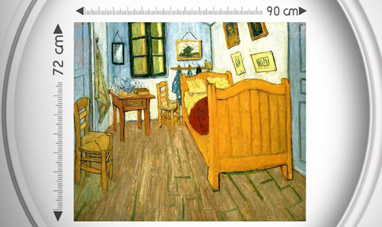

THE BEDROOM


ROMANTICISM


SATURN DEVOURING HIS SON


THE ECSTASY OF SAINT TERESA


GIOTTO-S-FRESCOES-IN-THE-ASSISI-CATHEDRAL
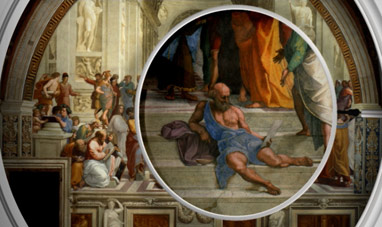

THE SCHOOL OF ATHENS


DAVID (MICHELANGELO)
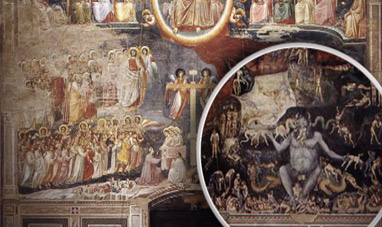

SCROVEGNI CHAPEL


THE THREE GRACES
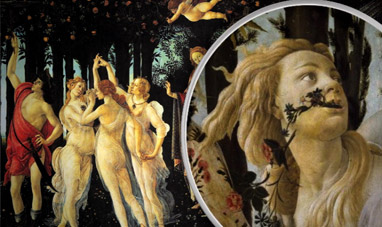

PRIMAVERA
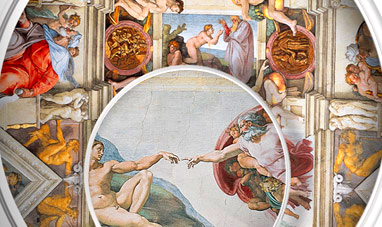

THE SISTINE CHAPEL


ST. PETER'S BALDACHIN


DREAM CAUSED BY THE FLIGHT OF A BEE AROUND A...
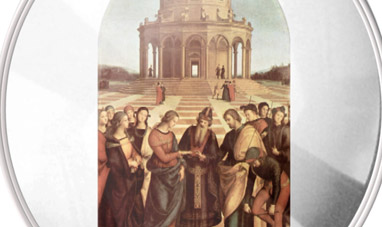

THE MARRIAGE OF THE VIRGIN
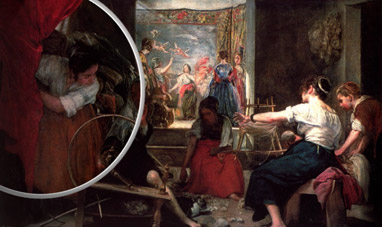

LAS HILANDERAS
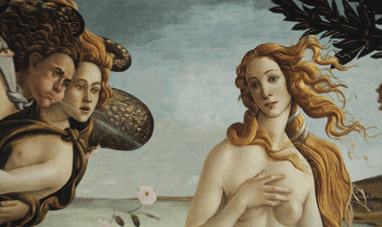

THE RENAISSANCE


DISQUIETING MUSES


THE CRUCIFIX OF SANTA MARIA NOVELLA
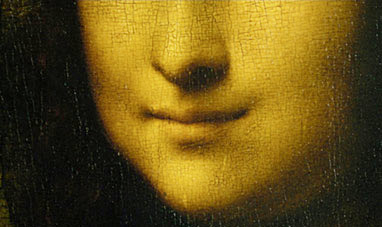

THE MONA LISA
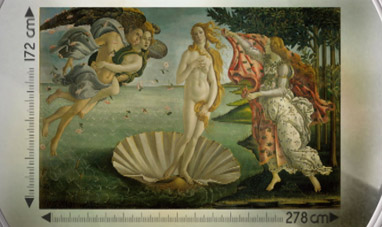

THE BIRTH OF VENUS


LAS MENINAS
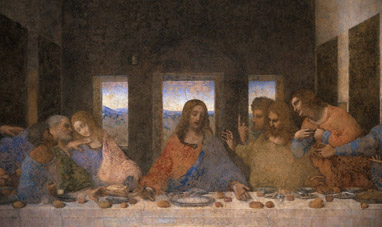

THE LAST SUPPER
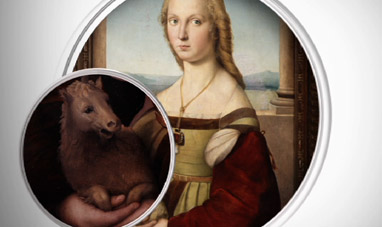

YOUNG WOMAN WITH UNICORN
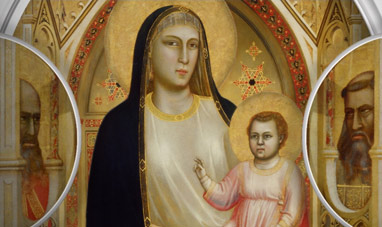

THE MADONNA DI OGNISSANTI
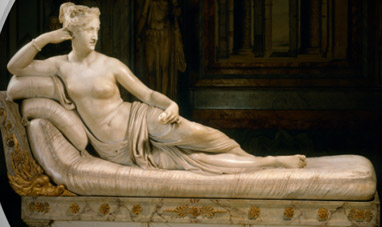

PAULINE BORGHESE


LADY WITH AN ERMINE
